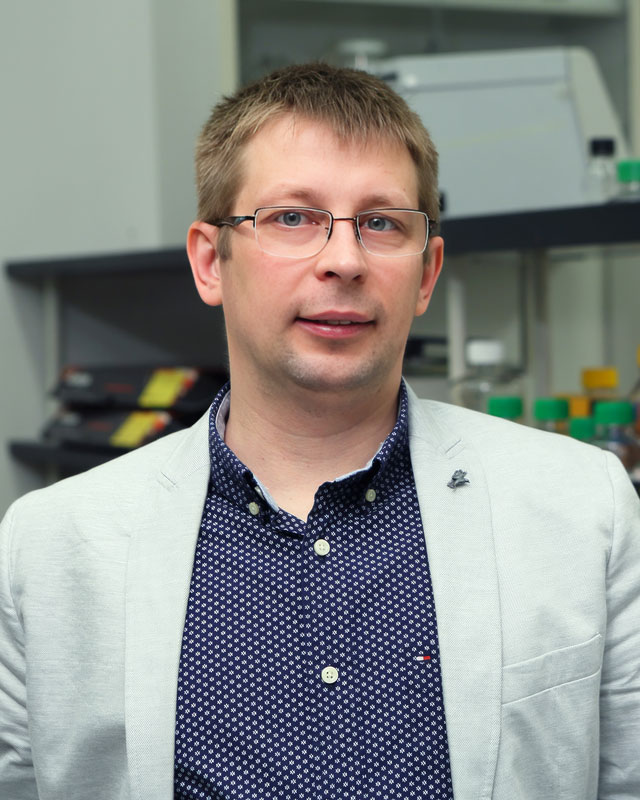
IGI Seminar Series: Ribosome-targeting antibiotics overcoming antimicrobial resistance
Event Details
Add to Calendar
Location
IGIB Room 115
Subscribe to our calendar to stay up to date on all our events.
Summary
The ribosome is an essential drug target as many classes of clinically important antibiotics bind and inhibit its functional centers. The catalytic peptidyl transferase center (PTC) is targeted by the broadest array of inhibitors belonging to several chemical classes. One of the most abundant and clinically prevalent mechanisms of resistance to PTC-acting drugs is C8-methylation of the universally conserved adenine residue 2503 (A2503) of the 23S rRNA by the Cfr methyltransferase. Another clinically relevant mechanism of resistance to macrolides and PTC-acting lincosamides is N6-dimethylation of the 23S rRNA nucleotide A2058 by the Erm methyltransferases. Recently, we reported design conception, chemical synthesis, and microbiological evaluation of the bridged macrobicyclic antibiotic cresomycin (CRM), which overcomes evolutionarily diverse forms of antimicrobial resistance, including Cfr and Erm, that render modern antibiotics ineffective. CRM exhibits in vitro and in vivo efficacy against both Gram-positive and Gram-negative bacteria, including multidrug-resistant strains of Staphylococcus aureus, Escherichia coli, and Pseudomonas aeruginosa. We show that CRM is highly preorganized for ribosomal binding by determining its DFT-calculated, solution-state, solid-state, and (wild-type) ribosome-bound structures, which all align identically within the macrobicyclic subunits. Finally, by determining two additional X-ray crystal structures of CRM in complex with bacterial ribosomes modified by the rRNA methylases, Cfr and Erm, respectively, we provide the structural bases for engagement of Cfr- and Erm-methylated ribosomes by CRM. Our structures reveal unexpected concessive adjustments by the target that permit CRM to maintain binding where other antibiotics fail.
Speaker

Polikanov, who had an early interest in science, won a number of national science competitions in Russia, his home country, during his high-school years, and received third prize at the International Biology Olympiad in 1999. He is a graduate of Lomonosov Moscow State University, in Moscow, where he earned a bachelor’s degree and a master’s degree in biochemistry and molecular biology, and was selected as the best student of the year in 2004. He earned a doctoral degree in cellular and molecular pharmacology from Rutgers University, in New Brunswick, New Jersey.
While this is Polikanov’s first faculty appointment, in his short tenure, he has published a number of high-profile papers in high-impact scientific journals, including Molecular Cell, Nature Chemical Biology and Nucleic Acids Research. To date, he is a leading author on 10 of these studies and the recipient of research funding from the National Institutes of Health and a number of international pharmaceutical companies.